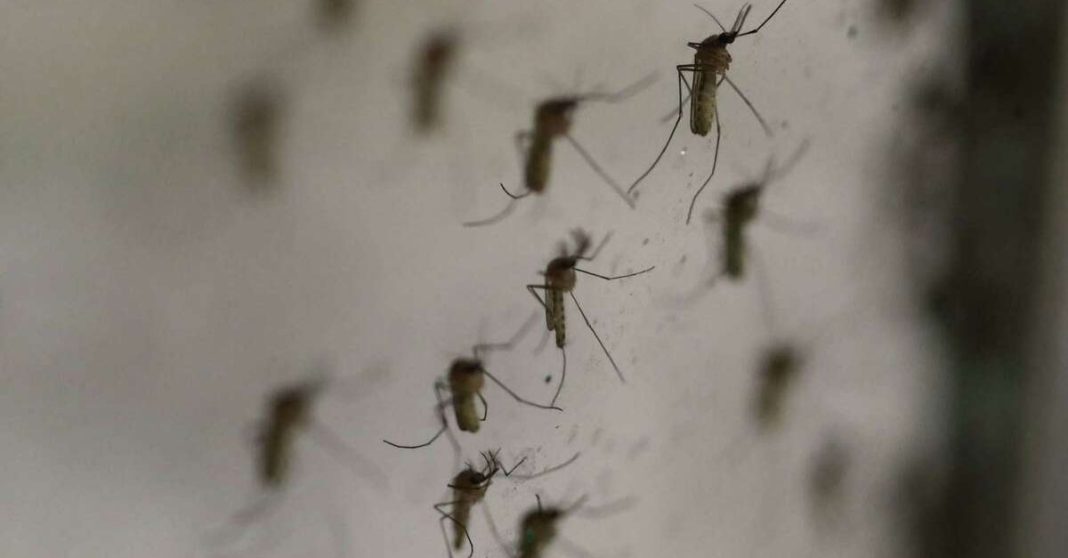The Wolbachia bacteria project under the Ministry of Health concluded its five-month experiment earlier this month and will now carry on to its next phase of result evaluation until 2025.
The Project Manager for Global Mosquito Population Control at International Children’s Aid in Laos, Ms. Phoutmany Thammavong, announced the project’s success on Wednesday, adding that the next phase will focus on evaluating the results in the areas where the mosquitoes were released, once a month until November and then once every six months until 2025.
Explaining the procedure of the completed project, Ms. Phoutmany said that it involved placing approximately 60,000 cups of Wolbachia mosquitoes—each cup containing 200 to 300 mosquitoes—in the villages of the Saysettha and Chanthabouly districts of Vientiane Capital.
According to Ms. Phoutmany, the project aims to prevent the growth and transmission of viruses that cause dengue fever and any other virus transmitted by mosquitoes by having Wolbachia mosquitoes bite residents, thereby immunizing them against other viral diseases transmitted by mosquitoes. Furthermore, when bitten by Wolbachia mosquitoes, those infected with a mosquito’s virus will not transmit it to anyone else.
To assess the impact of the Wolbachia mosquito initiative, the project managers said they also collected mosquitoes from the targeted villages and transferred them to Australian research facilities for analysis. The results showed that Wolbachia mosquitoes now account for approximately 57 percent of the mosquito population in the targeted villages. This indicates that the Wolbachia mosquitoes introduced through the initiative are now breeding with other mosquitoes, to reduce the spread of diseases in the region.
However, Ms. Phoutmany noted, that it is currently difficult to determine the reduction in viral load among mosquitoes since the project’s inception but the results will be available for review within the next one or two years.



